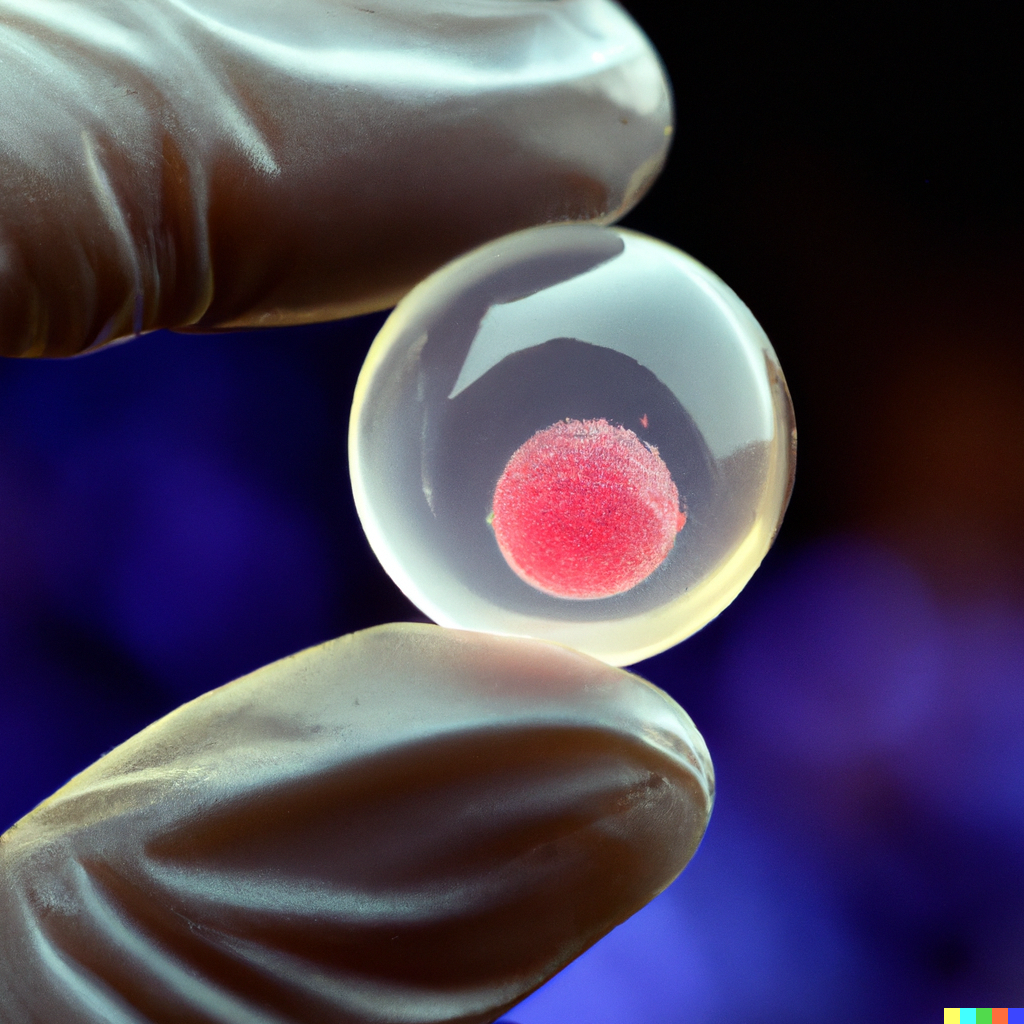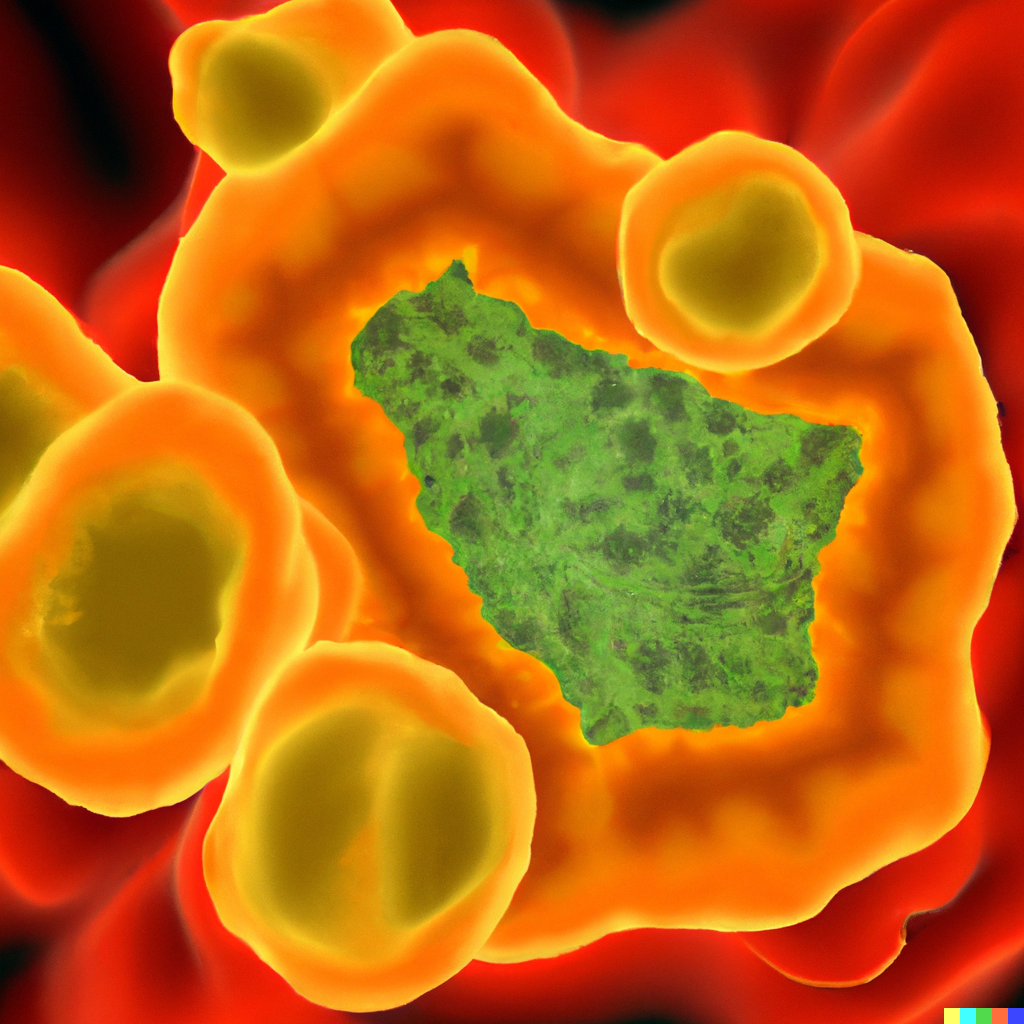Advancements in Regenerative Medicine: Pioneering a New Era of Therapeutic Benefits

Regenerative medicine has emerged as a groundbreaking field that holds immense promise for revolutionizing the landscape of healthcare. This article explores the technical advancements within regenerative medicine and elucidates the multifaceted benefits it offers across various medical domains. From tissue engineering to stem cell therapy, this article delves into the cutting-edge techniques, challenges, and future prospects of regenerative medicine.
Regenerative medicine, at the intersection of biology and engineering, presents a paradigm shift in medical science. With a focus on restoring, replacing, or rejuvenating damaged tissues and organs, regenerative medicine aims to address the limitations of conventional medical interventions. This article aims to dissect the technical intricacies of regenerative medicine and underline its far-reaching benefits.
Advancements in Tissue Engineering:
Tissue engineering is a cornerstone of regenerative medicine, employing biomaterials, cells, and bioactive molecules to craft functional living tissues. The article delves into scaffold design, bioprinting techniques, and cellular manipulation, showcasing how these advancements have led to the creation of functional tissues, such as vascular grafts and skin substitutes. The integration of biomimicry and microfabrication strategies has paved the way for more precise tissue reconstruction, minimizing rejection and optimizing graft integration.
Stem Cell Therapies and Beyond:
Stem cell-based therapies have garnered attention for their potential to regenerate damaged tissues. This section explores the latest breakthroughs in stem cell research, from induced pluripotent stem cells (iPSCs) to mesenchymal stem cells (MSCs). The discussion encompasses tissue-specific differentiation protocols, genetic modification for enhanced therapeutic effects, and the use of stem cells in neurodegenerative disorders, cardiovascular diseases, and orthopedic injuries.
Gene Editing in Regenerative Medicine:
The advent of CRISPR-Cas9 technology has opened avenues for precise genome editing, enhancing the therapeutic potential of regenerative medicine. This section navigates the application of gene editing in correcting genetic mutations, regulating gene expression, and promoting tissue regeneration. It also addresses ethical considerations and safety concerns associated with genome editing techniques.
Challenges and Future Directions:
Despite its remarkable potential, regenerative medicine faces challenges such as immune response modulation, integration of bioengineered constructs, and scalability of therapies. The article discusses strategies like immunomodulatory biomaterials, 3D bioprinting enhancements, and personalized medicine approaches to overcome these hurdles. Additionally, the future direction of regenerative medicine, including organ transplantation alternatives and biohybrid systems, is explored.
The strides made in regenerative medicine have propelled it from the realm of theory to clinical reality. As technical advancements continue to accelerate, the benefits of regenerative medicine are increasingly apparent across diverse medical disciplines. With tissue engineering, stem cell therapies, gene editing, and innovative strategies on the horizon, regenerative medicine stands poised to redefine the treatment landscape and provide hope for patients with previously incurable conditions.



